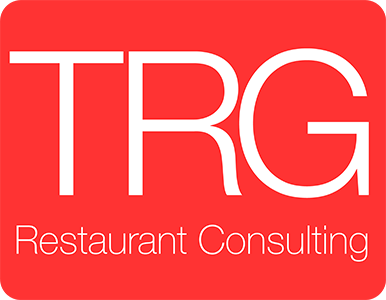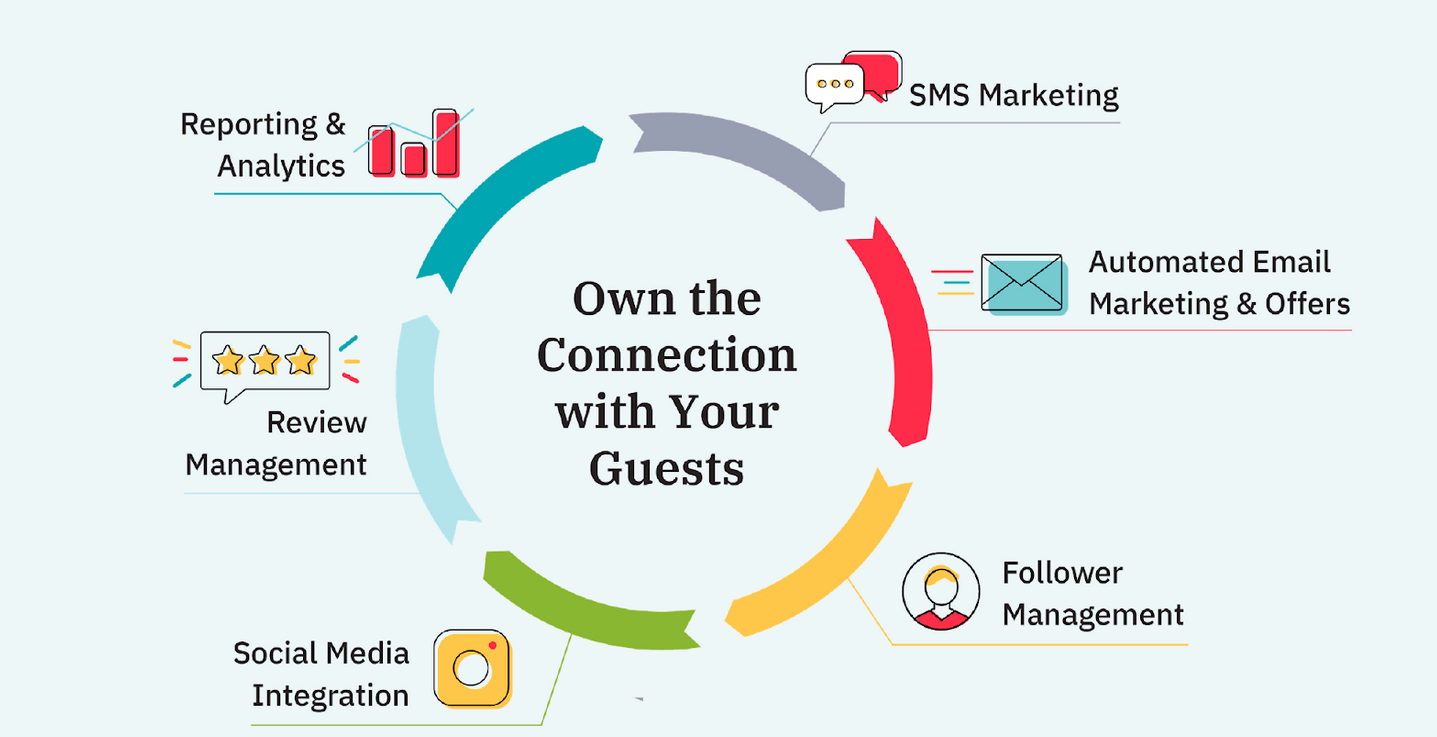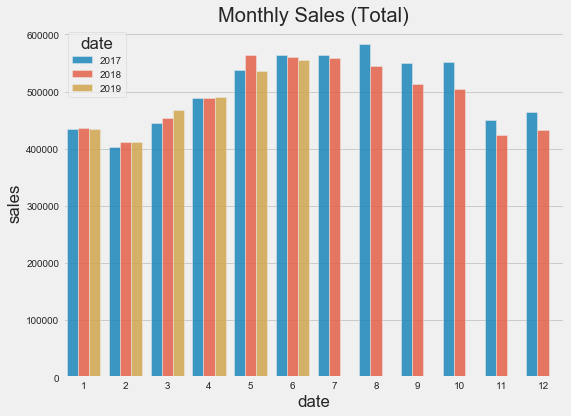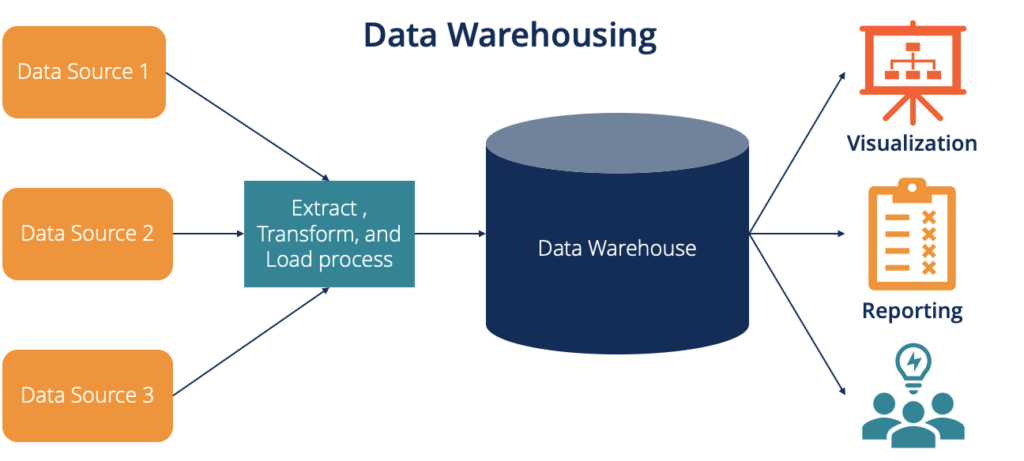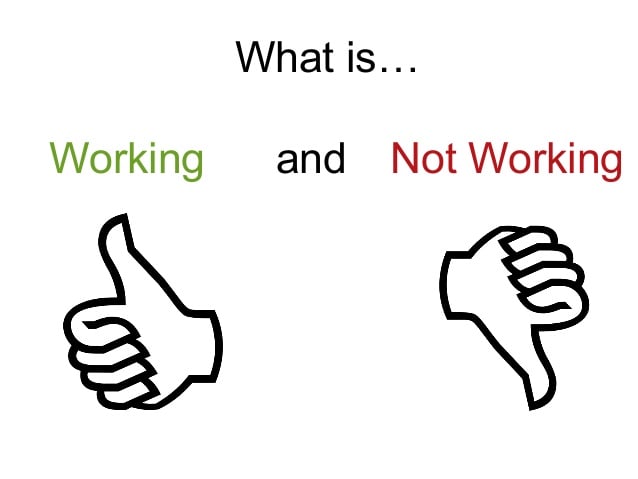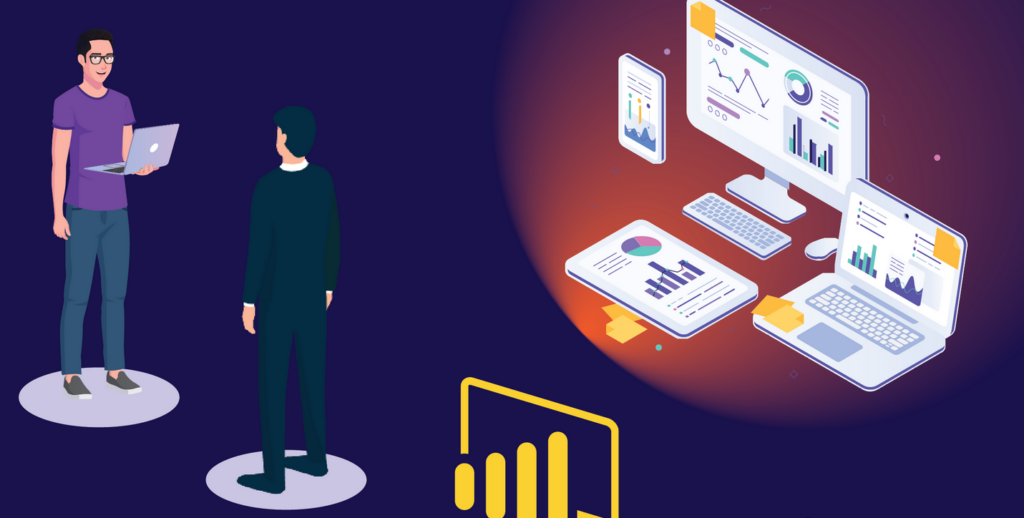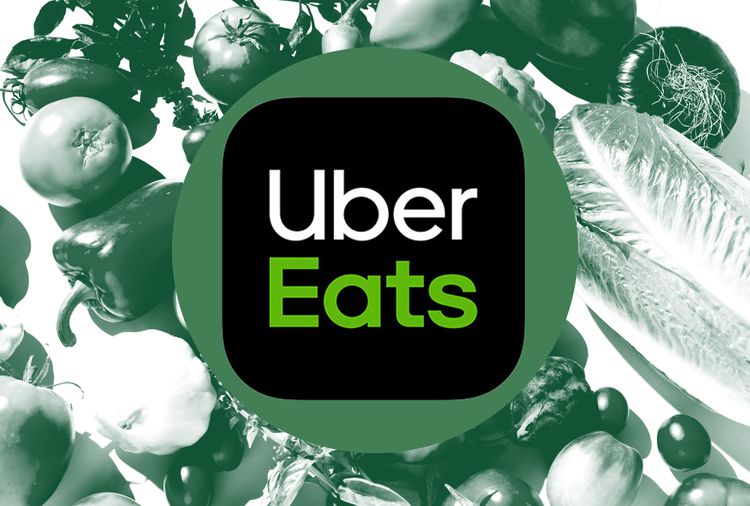Restaurant Data Analytics helps you squeeze every last drop of value from your data. It’s the secret sauce behind smarter choices and bigger profits.
Understand What Restaurant Data Analytics Means
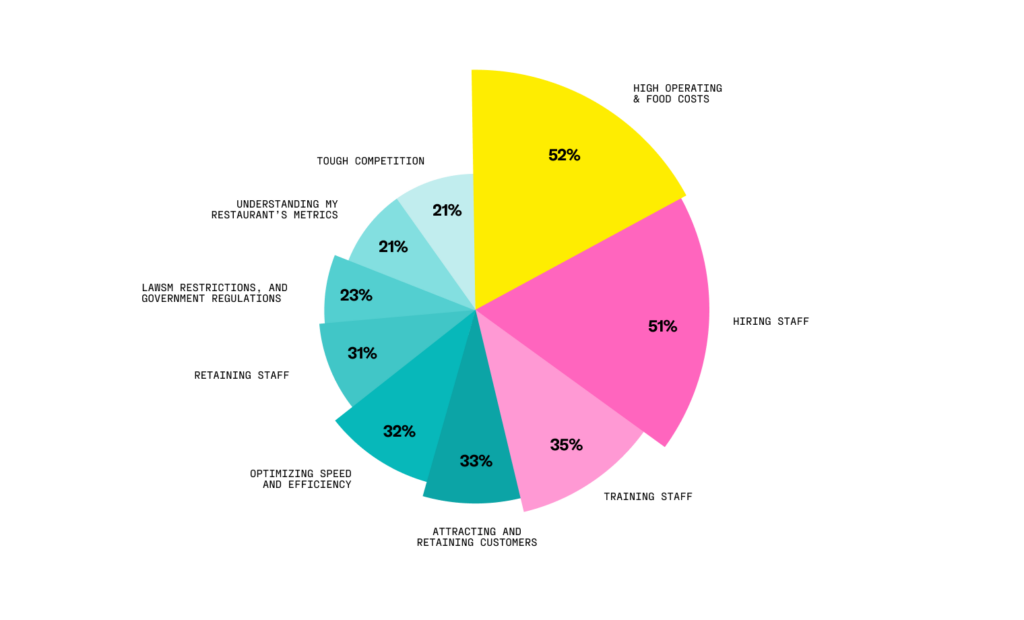
Define Restaurant Data in Simple Terms
Restaurant data is everything you jot down—without even realizing it.
We’re talkin’ sales totals, customer orders, kitchen prep times, even that feedback card someone scribbled on.
When you swipe cards at the register or punch orders into the POS, you’re building a goldmine of info. This includes daily sales, popular meals, customer reviews, and even employee schedules.
It’s like your restaurant is talkin’. You just need to learn how to listen.
Why Restaurant Data Analytics Matters
This isn’t just number-crunching—it’s your fast track to profit.
Restaurant Data Analytics shows you what works and what tanks. You’ll know if Taco Tuesdays bring in cash or kill your food cost analysis.
You won’t just guess. You’ll plan. And planning with facts? That’s like having a cheat code for success.
Data helps make every bite, buck, and body count. You’ll find the winners, ditch the losers, and watch profits hit the roof.
Know the Types of Data Restaurants Use
Sales and Revenue Data
Sales data is your money mirror. It shows what dishes rake in the dough and which flop harder than last night’s soufflé.
Track average ticket size, top earners, and meal timing. This is the backbone of restaurant revenue optimization and restaurant sales forecasting.
Keep an eye on these numbers to steer your ship straight.
Customer Behavior Data
Your regulars are talkin’—with their wallets.
Want to know what makes ‘em come back? Track visits, favorite orders, and even the time they usually walk in. That’s customer behavior insights in action.
With restaurant customer segmentation, you can personalize service like a pro.
Operations and Inventory Data
Want to stop throwing cash in the trash?
Track what you’ve got in the fridge, what spoils, and when to restock. That’s inventory management analytics and food cost analysis at work.
The kitchen should run smoother than a hot knife through butter—and this data gets you there.
Collect Data with the Right Tools
Use Your POS System to Track Orders
POS systems are your secret weapon. They log every sale, track what dishes are flying off the line, and give you point of sale analytics like a boss.
Forget notebooks—these are restaurant reporting tools that are done right.
You’ll get real-time data monitoring, right when you need it.
Set Up Online Ordering and Delivery Tracking
Online orders and delivery apps? Yeah, they pack data too.
Online order analytics help track who’s ordering what and when. Delivery performance analytics show if your food’s arriving hot or cold.
You’ll spot restaurant sales trends before they’re trending.
Include Staff and Shift Data
Ever wonder where all your labor costs go?
Track schedules, shifts, and hours with labor cost analytics. This helps with staff performance tracking and shift scheduling optimization.
And hey, happy staff = happy service = happy customers.
Combine All Your Data in One Place
Use a Data Warehouse to Store Everything
Data scattered all over the place? That’s a headache waiting to happen.
Use a data warehouse. It pulls together info from your POS, delivery apps, inventory logs, and shift schedules. Boom—one clean spot.
Now you’ve got the full picture, not a puzzle missing pieces. That’s restaurant financial reporting and data-driven decision making made foolproof.
And it makes your life way easier.
Connect Tools with an Analytics Platform
Raw data is cool, but visuals? That’s where the magic happens.
Analytics dashboards turn your numbers into eye candy—colorful charts, graphs, and scorecards you can actually use.
BI tools make restaurant data visualization a breeze. They tell stories with numbers and help you stay ahead of restaurant market trends.
This is restaurant business intelligence at its finest. You won’t just manage—you’ll dominate.
Use Restaurant Data Analytics to Make Smart Decisions
Spot What’s Working and What’s Not
Your dishes are talkin’—some are killing it, others are… well, not.
Restaurant Data Analytics shows which menu items are sellin’ like hotcakes and which need to retire. Combine that with restaurant sales performance data and you’ve got serious menu engineering analysis power.
You’ll know what to hype up and what to 86.
Adjust Staff Schedules Based on Demand
No one wants five servers on a dead Tuesday or two on a Saturday rush.
Use demand forecasting for restaurants to schedule smarter. This boosts restaurant operational efficiency and saves on labor cost analytics.
It’s all about putting the right people in the right place at the right time.
Cut Food Waste and Save Money
Ever tossed out a tray of chicken because it sat too long? Hurts, right?
Inventory data and kitchen operations data help you match stock to what’s selling. This leads to less waste, lower food costs, and better restaurant expense management.
Less trash, more cash.
Get Your Team Involved in Using the Data
Share Simple Reports with Staff
Your team wants to win—but they need a scoreboard.
Daily reports with simple charts or stats help servers, cooks, and cashiers see how they’re doing. That’s where restaurant performance metrics and guest feedback analytics come in.
They’ll feel more connected, more pumped, and more likely to hit those goals.
This boosts morale and supports restaurant retention strategies like a charm.
Train Managers to Read the Numbers
Your managers don’t need to be math wizards—but they do need to read the tea leaves.
Train them to check things like table turnover rate analysis, restaurant financial reporting, and dining trends analysis.
Once they know what the data means, they’ll start fixing problems before they snowball. This is how you power up restaurant campaign performance and dynamic pricing strategies.
Teach ‘em the numbers, and they’ll lead like pros.
Use Real Examples to Learn What Works
See How Other Restaurants Use Data
You don’t have to reinvent the wheel. Just peek over the fence.
Many restaurants are already crushing it with restaurant data analytics. From using dashboards for seasonal menu performance to tracking restaurant promotional campaign success—they’re setting the bar high.
These real stories show how restaurant business intelligence turns numbers into profits. That’s smart business.
Follow the data trail they’ve blazed, and you’ll be in the fast lane.
Learn From Uber Eats Business Insights
Uber Eats isn’t just a delivery app—it’s a data goldmine.
Their tools break down online order analytics, delivery performance analytics, and mobile ordering data analysis in ways that make total sense.
You’ll see where your traffic’s coming from, what dishes are trending, and when to plan your next promo.
Uber’s insights help fine-tune your restaurant marketing analytics, demand planning, and even resource allocation.
That’s a data win.
Final Thoughts
Mastering Restaurant Data Analytics isn’t about being a tech genius. It’s about listening to what your restaurant’s already saying.
Use your data to improve restaurant order accuracy rates, track restaurant loyalty program data, plan restaurant budget better, and enhance guest experience data.
You’ve got the tools. You’ve got the team. Now you’ve got the plan.
It’s foolproof. It’s easy to follow. And it’s just right for your restaurant.
